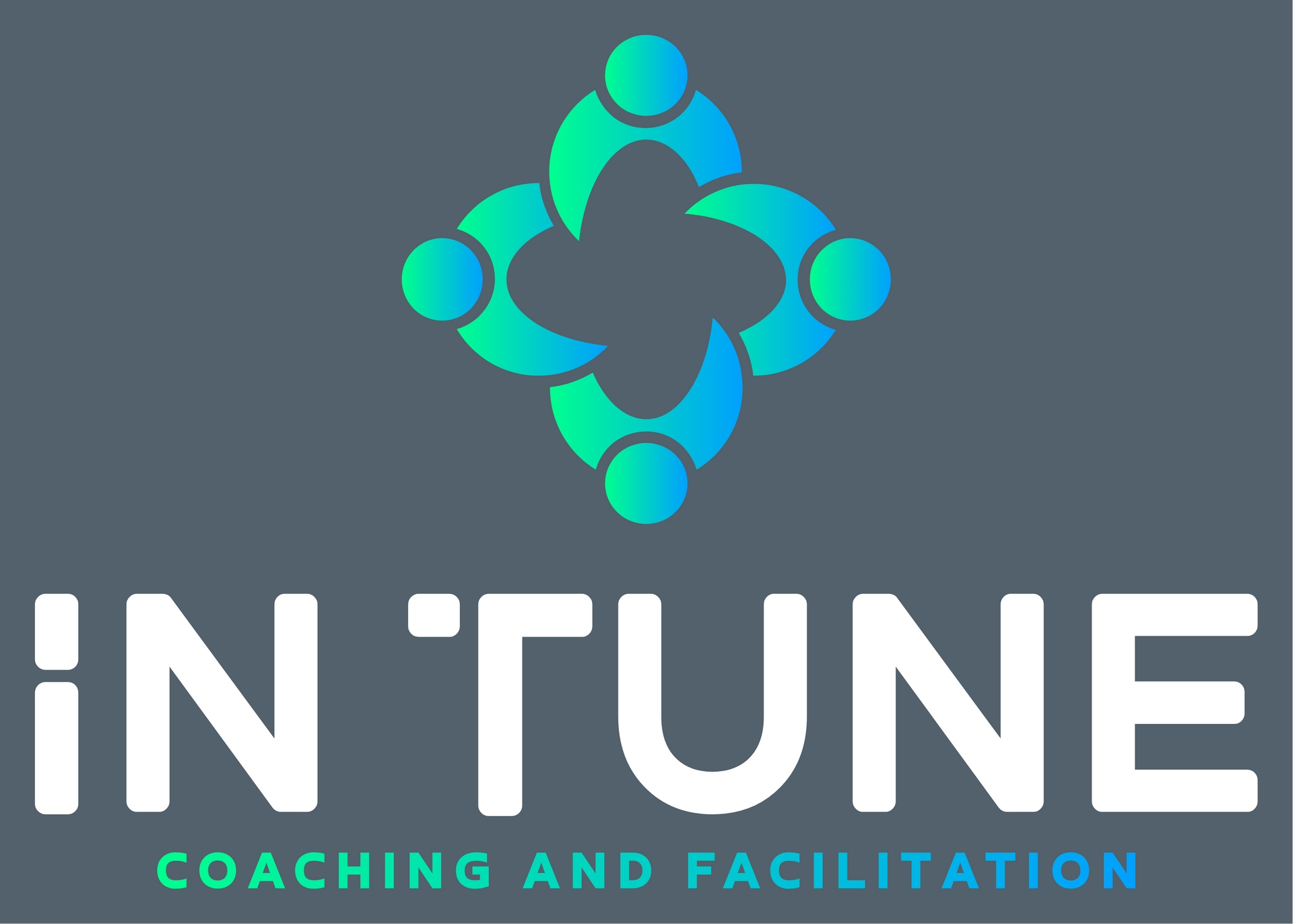How to Use Simple Rules to Build a High-Performing Team
"When people develop rules themselves and base them on values that matter to them, they also feel a greater sense of ownership over their rules" - Donald Sull and Kathleen Eisenhardt

In a fast-paced world, complexity can slow teams down and hinder success. Simple rules—as outlined in Simple Rules: How to Thrive in a Complex World by Donald Sull and Kathleen Eisenhardt—offer a powerful way to improve decision-making, streamline processes, and enhance collaboration. Instead of overcomplicating systems with rigid structures, the key is to develop a small set of guiding principles that empower teams to act with clarity, speed, and confidence.
Here’s how new teams can use simple rules to work more effectively, reduce friction, and achieve meaningful results.
Why Simple Rules Work for Teams
Many teams struggle with decision paralysis, information overload, and inefficiency. When there are too many rules, bureaucracy slows innovation; when there are too few, teams lack direction. Simple rules strike the perfect balance—they provide clear guidance while leaving room for flexibility and adaptation.
Example: A new product development team might struggle with conflicting priorities. Instead of creating lengthy procedures, they establish three simple rules:
- Customer First: If a decision does not improve the customer experience, reconsider.
- Launch Quickly: If a feature takes more than four weeks to develop, simplify it.
- No Meetings Without a Purpose: If a meeting lacks an agenda, cancel it.
These rules help teams move faster, stay aligned, and avoid unnecessary complexity.
Step 1: Identify the Bottleneck
The first step in creating simple rules is to identify the biggest challenge or bottleneck your team faces.
Ask: What slows us down the most? Where do we get stuck? What causes confusion?
Example: A new marketing team struggles with content approval delays. Their bottleneck is too many decision-makers.
Step 2: Choose the Right Type of Simple Rules
Sull and Eisenhardt outline three core types of simple rules that can help teams overcome challenges:
Boundary Rules: Define What’s In and What’s Out
Boundary rules help teams make fast decisions by setting clear guidelines on what to prioritize.
- Example: A sales team needs to filter the best leads. Their rule: “Only pursue leads from companies with $1M+ revenue and a decision-maker contact.”
- How to apply: Use boundary rules to streamline decision-making and remove distractions.
Prioritization Rules: Focus on What Matters Most
Prioritization rules help teams determine where to invest time and energy.
- Example: A startup struggling to balance product development and marketing sets this rule: “If it does not improve product usability, we will not build it yet.”
- How to apply: Use prioritization rules to ensure focus on high-impact work.
Stopping Rules: Know When to Quit
Stopping rules help teams recognize when to halt a task, project, or meeting before wasting resources.
- Example: A content creation team struggling with perfectionism sets this rule: “If an article takes longer than five rounds of edits, publish it as is.”
- How to apply: Use stopping rules to prevent overwork and reduce inefficiencies.
Step 3: Test, Refine, and Adapt
Simple rules should be tested, refined, and adjusted over time.
- Start small: Pick three simple rules to implement immediately.
- Track impact: After four weeks, review how the rules improved performance.
- Adjust as needed: Keep what works, tweak what does not.
Final Thoughts: Simple Rules Lead to Smarter Teams
Simple rules provide a structured yet flexible approach to decision-making, helping teams move faster, collaborate better, and focus on what truly matters.
Want to improve team efficiency today? Identify a key challenge, craft three simple rules, and start experimenting!
Stay Tuned with Tune In: Your Go-To for Inspiration and Personal Growth
Join the In Tune community and get exclusive updates on our latest blog posts straight to your inbox! ✨
From mindfulness tips to insights on living a more fulfilling life, we’ve got the tools to help you tune into your best self.
Sign up today and never miss a beat! 🎶




